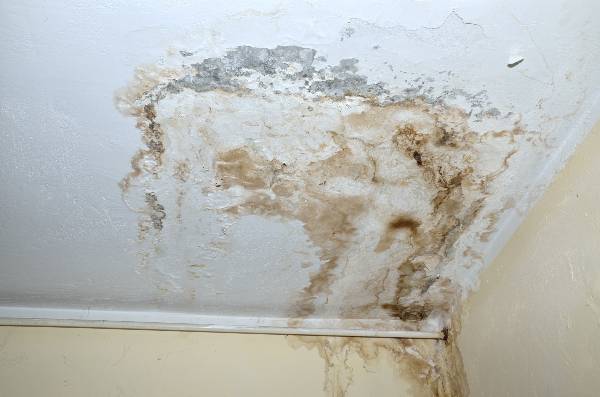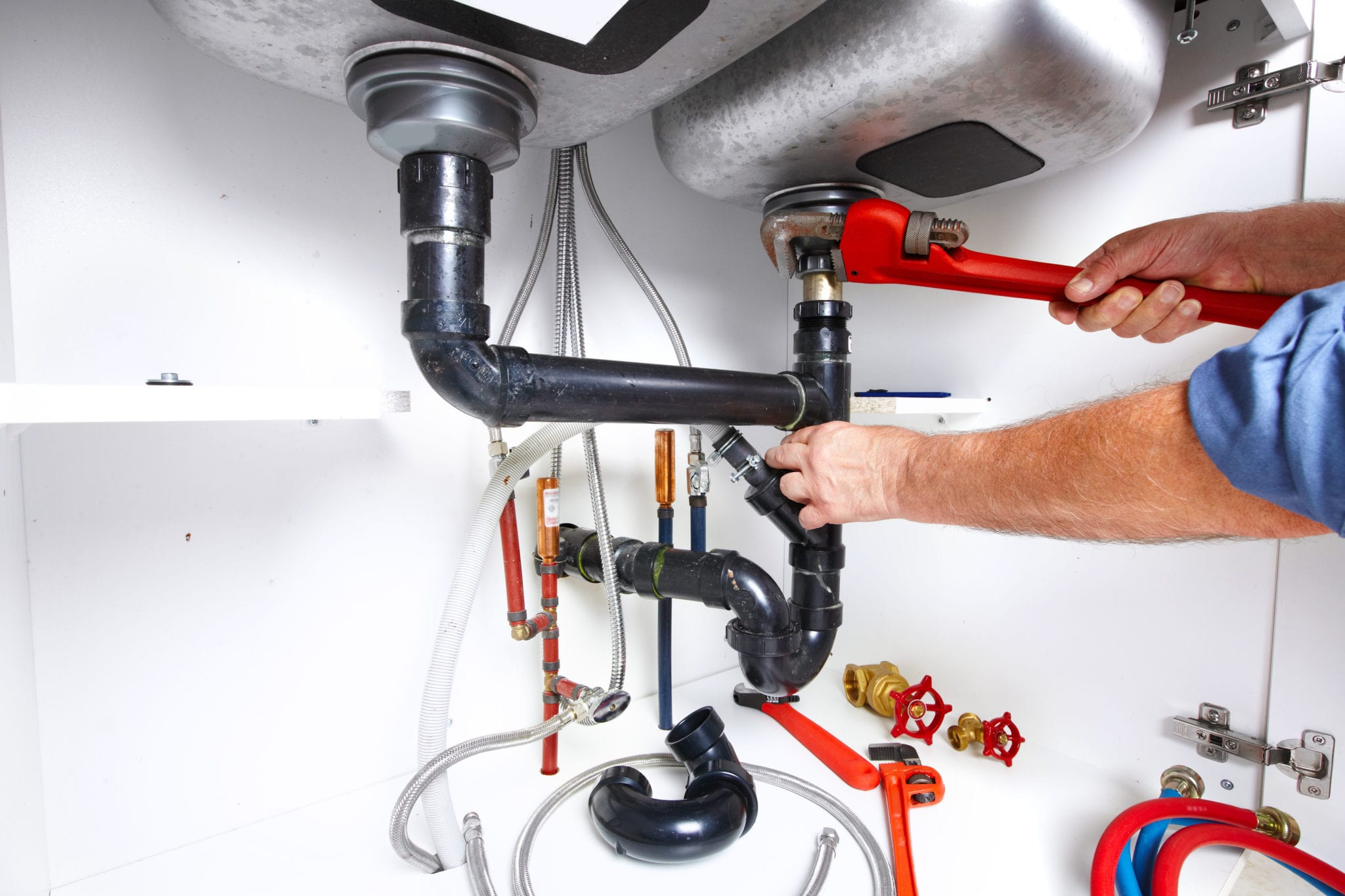Overview To Water Leakage Detection At Home
Overview To Water Leakage Detection At Home
Blog Article
What're your concepts about Locating water leaks?

Early detection of dripping water lines can alleviate a possible catastrophe. In addition to saving you money, it will decrease the aggravation as well as aggravation. The minute you locate a leak, calling your plumber for repair work is the most effective solution. Some tiny water leaks might not be noticeable. If you can not spot it with your naked eyes, right here are some hacks that aid.
1. Check Out the Water Meter
Checking it is a surefire method that helps you uncover leakages. If it moves, that indicates a fast-moving leak. This implies you may have a slow leak that could also be below ground.
2. Examine Water Usage
Evaluate your water bills and track your water intake. As the one paying it, you need to observe if there are any type of inconsistencies. If you detect sudden changes, regardless of your intake coinciding, it indicates that you have leakages in your plumbing system. Keep in mind, your water costs must fall under the very same variety each month. A sudden spike in your costs suggests a fast-moving leakage.
At the same time, a constant boost every month, despite the exact same habits, reveals you have a slow-moving leakage that's likewise slowly rising. Call a plumber to completely check your residential property, especially if you feel a cozy area on your floor with piping beneath.
3. Do a Food Coloring Examination
30% comes from bathrooms when it comes to water intake. Test to see if they are running effectively. Drop specks of food color in the container and also wait 10 minutes. There's a leakage in between the container and also dish if the shade somehow infiltrates your bowl during that time without flushing.
4. Asses Outside Lines
Don't forget to examine your outside water lines as well. Ought to water leak out of the link, you have a loose rubber gasket. One small leak can waste tons of water and also increase your water expense.
5. Examine and Assess the Circumstance
Homeowners need to make it a behavior to inspect under the sink counters and also inside cupboards for any bad odor or mold and mildew growth. These two red flags show a leak so prompt focus is needed. Doing regular assessments, even bi-annually, can conserve you from a major trouble.
A lot more importantly, if you recognize your home is already old, maintain a watchful eye on your heating units, tubes, pipes and so on. Check for discolorations and also compromising as most devices and pipes have a life span. They will likewise normally deteriorate because of tear and also wear. Do not wait for it to escalate if you presume dripping water lines in your plumbing system. Call a professional plumber today so you don't end up with an awful mess in your house.
Early discovery of dripping water lines can minimize a potential disaster. Some small water leaks may not be visible. Inspecting it is a guaranteed method that aids you uncover leakages. One little leakage can throw away loads of water as well as surge your water expense.
If you presume dripping water lines in your plumbing system, do not wait for it to intensify.
How to Know If Your Home Has a Hidden Leak
Water Meter Reveals Inexplicable Water Usage
If you’d like to test whether or not there’s a leak somewhere in your home, you can do this using your water meter. Here is how to conduct the test:
Don’t use any water in your home for at least 30 minutes; this also means not turning on faucets or water-using appliances.
Go outside, and check your water meter for activity.
If your water meter shows that there was activity, even though no one was using any water, this proves that there is a leak in your home.Visible Mold or Mildew Growth
Leaks behind walls create moist, dark environments that allow mold and mildew to grow and thrive. Eventually, you might see mold growth forming on the wall closest to a hidden leak.
If mold is growing in an area that receives a high amount of moisture, such as a bathroom, it may simply be an indication that better ventilation is needed. However, if you see mold growth on a wall or the ceiling in an area where you would not expect, you probably have a hidden leak.
Musty, Mildew Odor
Sometimes you might not be able to see the mold or mildew that is growing as a result of a leak. However, the smell can give the problem away just as easily. If you catch a whiff of something musty, there’s a good chance that old water is collecting somewhere in your home that you can’t see.
Stained/Warped Walls, Ceilings, or Floors
When your home soaks up water, a variety of red flags can become visible, including ceiling stains, bubbling drywall, warped walls, and sagging floors. While these issues can be caused by excess humidity, they can also be signs that a pipe or plumbing connection has started leaking behind your walls.
Inexplicably High Water Bill
After a while, you get a general sense for what your water bill should be. If you own a pool or sprinkler system, your bill will tend to be higher during summer. However, if you receive a water bill that seems especially high, and you can’t figure out what caused it, then you may have a hidden leak somewhere that’s increasing your bill.
https://www.plumbingjoint.com/blog/2019/july/how-to-know-if-your-home-has-a-hidden-leak/

I was introduced to that editorial about Hacks to detect leaks from a good friend on a different domain. Enjoyed reading our blog? Please share it. Let somebody else locate it. I praise you for your time. Visit again soon.
Report this page